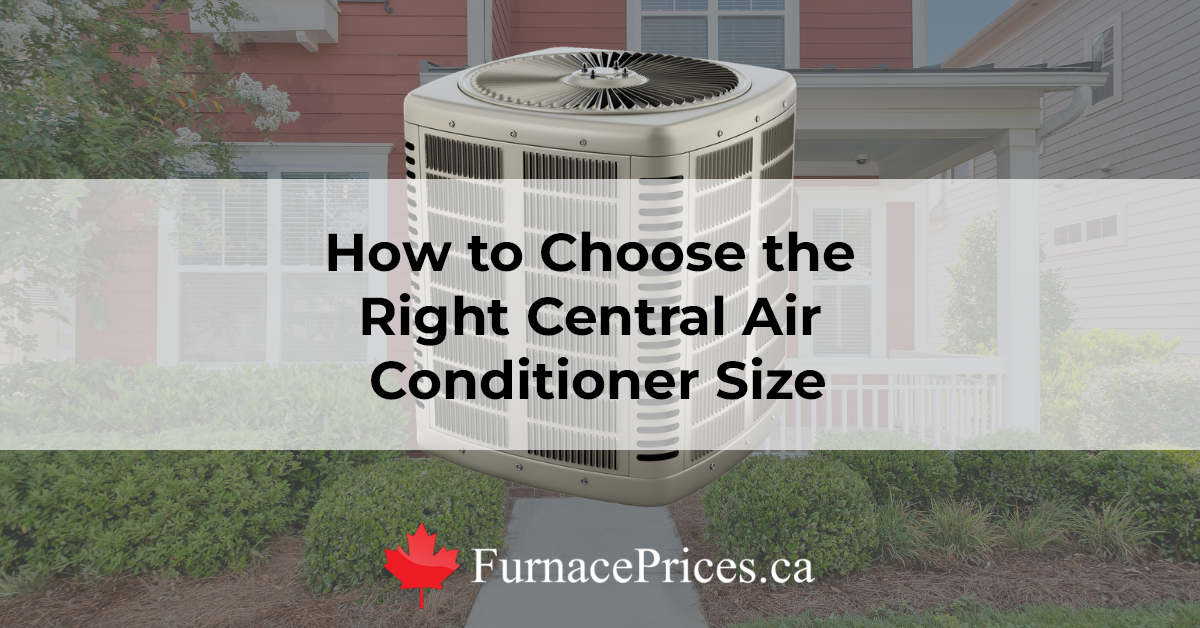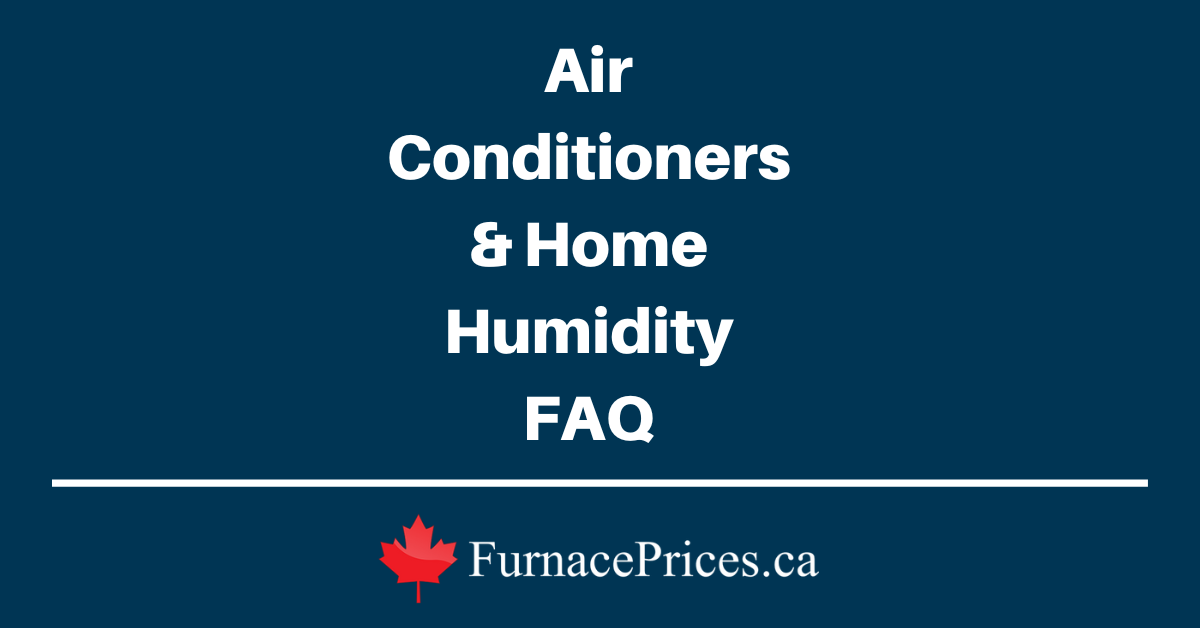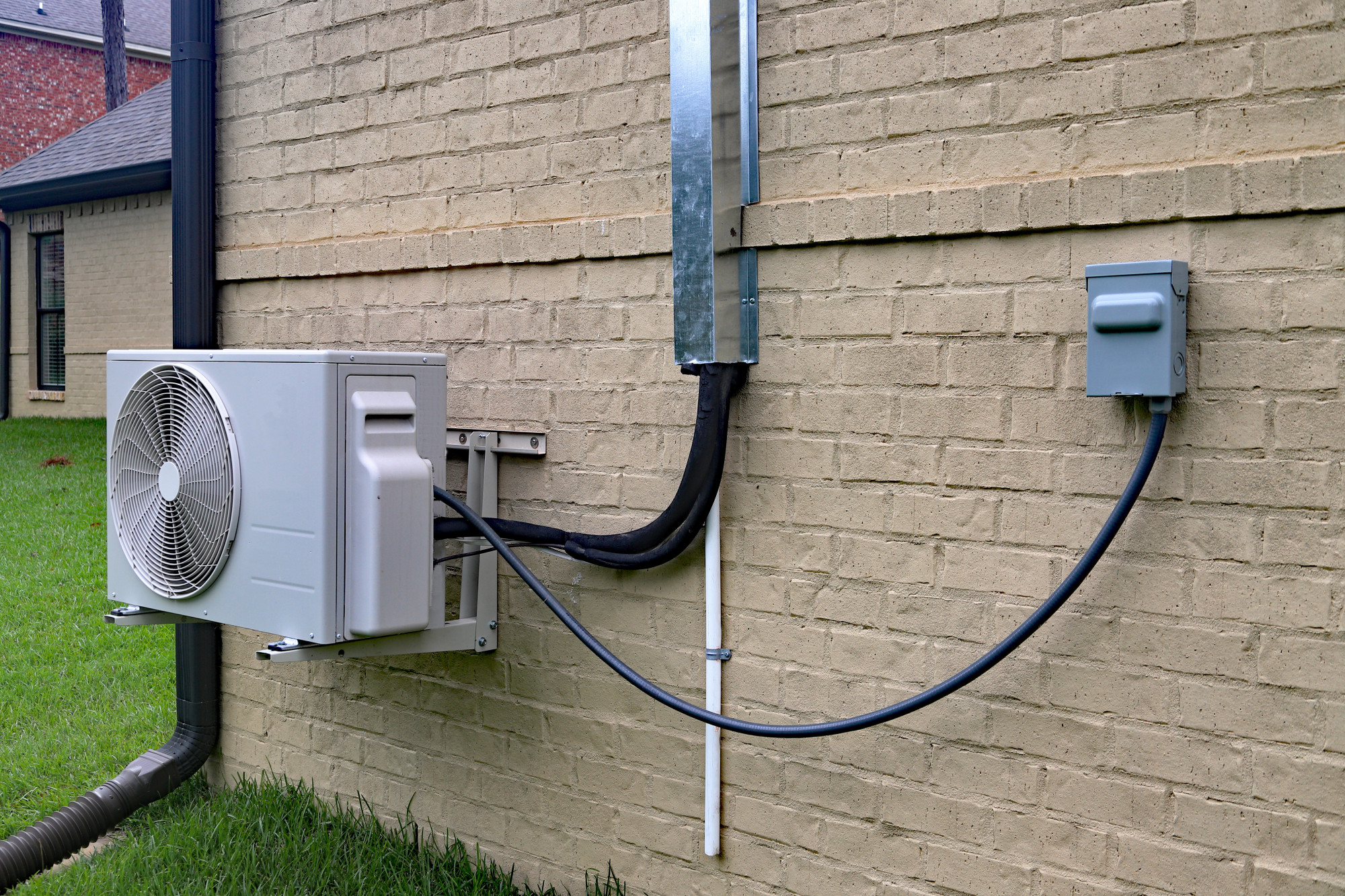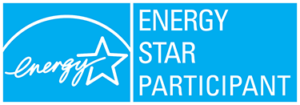This guide will cover everything you need to know about your central air system, including how an air conditioner works, what components are involved, important terminology, how to maintain the system, and why service is so important.
A central air conditioner can be a great option to keep the entire house cool in the summertime. And while not all Canadian homes need air conditioning, around 70 percent of the ones that do use central air.
But have you ever wondered how a central air conditioning system works to cool your home and manage humidity?
Knowing how an A/C works can give you a better understanding of the system, and that can make diagnosing and troubleshooting minor problems more easily, and help you remember what regular maintenance is required and when. (Note however that you should not attempt any major servicing or maintenance unless you are qualified and know the risks involved)
If you’re in the market for a new air conditioner, check out:
- Central Air Conditioner Buying Guide
- The Best Central Air Conditioner Brands & Models for Canadians
- Air Conditioner Prices in Canada
- Central A/C Cost Calculator (Short Quiz)
- Current Local Heating & Cooling System Deals
Is a Central Air Conditioner the Same as a Split System?
There are two main types of central air conditioners: split systems and packaged systems. Both systems work the same way, but the difference is how the components are housed.
Most residential central air conditioners in Canada are split systems. They’re called that because there’s an outdoor unit and a separate indoor unit that are connected by refrigerant lines.
With packaged systems, all the components are contained in a single outdoor unit. These are much less common for residential applications. Packaged systems are commonly used in hotel rooms for instance, where each room may have its own unit installed in the exterior-facing wall below the window.
All central air conditioners, including split and packaged ones, serve multiple functions. The main function is cooling your home, but they also:
- Control humidity
- Filter air
- Distribute cold air
Mini-split systems (also known as ductless heat pumps or ductless air conditioners) are a different type of air conditioning system typically used in homes or buildings without ductwork, like homes heated with hot water radiators.
These contain an outdoor unit connected by refrigerant lines to one or more indoor units (or ‘heads’) which blow the cooled air directly into the living space. This type of system is also popular in warmer climates where central heating is not typically needed.
And of course, there are other air conditioner types like portable and window units for cooling small spaces like a room.
Can I Install a Split System in My Home?
One thing to know about a split system is that it works in conjunction with the infrastructure of a forced air furnace. The air conditioning system uses the ductwork, vents, and other components that are hooked up to the furnace to distribute cold air throughout your house.
Furthermore, most central air systems also use the furnace’s blower to circulate the chilled and conditioned air.
In other words, if you don’t have a forced air furnace, then a central air conditioning system likely won’t work in your home.
But don’t worry: there are air conditioning solutions for homes without forced air furnaces and ductwork. As mentioned above, ductless mini-split air conditioners and heat pumps are both excellent alternatives for homes without ducts.
How Does a Central Air Conditioner Work?
Step One: Monitoring the Temperature
Cooling your home starts with the thermostat, which monitors the temperature inside your house. When the house reaches the temperature that the thermostat is set at, the thermostat sends a message to the indoor and outdoor units to turn on and start the cooling process.
Step Two: Drawing in Warm Air from the House
The indoor fan pulls in warm air from around the house using the air return ducts. The air goes through a filter to remove dust, dirt, and other contaminants.u003cbr/u003e
Step Three: Cooling the Air
The warm air from the house blows over the evaporator coils, which are filled with liquid refrigerant. The refrigerant absorbs the heat from the air, thereby cooling the air. As the refrigerant absorbs heat, it warms up and turns into a gas.
Step Four: Cooling the House
Once the warm air has been cooled by the evaporator, the blower blows the cold air into the ductwork and circulates it around the house and delivers it to the rooms via the vents.
Step Five: Chilling the Refrigerant
The refrigerant then passes from the indoor evaporator to the outdoor unit. The compressor pressurizes the refrigerant and pumps it into the condenser coil. Outdoor air passes over the condenser coil and absorbs heat from the refrigerant, thereby cooling the refrigerant, which turns back to a liquid state. The chilled refrigerant is then sent back to the evaporator to continue the cooling process.
Step Six: The Cooling Cycle Ends
The process stops when the thermostat registers the house has reached the desired temperature and sends a message to the indoor and outdoor units to shut down.
Get Quotes
How soon are you looking to buy?*



Major Components in a Central Air Conditioning System
There are three main parts to a central air conditioner, and those are the condenser, evaporator, and compressor.
With a split system, the outdoor unit comprises the condenser and compressor, as well as a fan. This is sometimes called the hot side. The indoor unit houses the evaporator and a blower. This is sometimes called the cold side.
Along with these major components, there are also important minor parts to an air conditioner, and they are the:
- Filter
- Thermostat
- Refrigerant
- Air return ducts
- Ductwork
- Air supply vents
Single-Stage, Two-Stage, and Variable-Speed Compressors
Central air conditioners can be broken down into three main categories based on the style of compressor they have. There are single-stage, two-stage, and variable-speed air conditioners.
- Single-Stage: A single-stage air conditioner has a compressor with only an On and Off setting. These types of compressors were standard in air conditioners for a long time. While more affordable, single-stage compressors cycle more frequently, aren’t as good at dehumidifying air, use more electricity, and aren’t as good at maintaining your desired temperature.
- Two-Stage: Two-stage air conditioners have compressors with a low and high speed in the On setting. That means they can run at a lower speed for longer and use less energy compared to a single-stage compressor. As a result, these air conditioners are more efficient, have better humidity control, are quieter, and maintain more even temperatures.
- Variable-Speed: Variable-speed air conditioners are the most advanced because the compressors have multiple speeds in the On setting. This enables them to run for long periods at very low speeds to deliver a steady supply of cold air. As such, these are the most efficient air conditioners, and they also have the quietest operating levels, the most dehumidification power, and the best temperature consistency.
Measuring and Comparing Central Air Conditioner Efficiency
Air conditioner efficiency is measured with seasonal energy efficiency ratio (SEER). SEER compares how much cooling output the unit provides versus how much electricity it uses. The higher the SEER, the more efficient the air conditioner.
You’ll pay more upfront for a higher SEER rating, but you’ll also save more in the long run on energy bills.
HVAC manufacturers make air conditioners with SEER ratings between 13 and 30, but you don’t necessarily want to go too high or too low. In a push to make Canadian homes more energy-efficient, the Canadian government and local utility companies often offer rebates incentives for upgrading to an ENERGY STAR® rated air conditioner.
At the same time, Canadian summers simply aren’t hot and humid enough to justify the cost of ultra-high SEER models. In our climate, models with a SEER between 16 and 18 typically have the best balance between purchase price and operating costs.
Most older air conditioners have SEER ratings between 8 and 10, but it could be even lower if the unit is more than 10 years old. You can check your current SEER rating through Natural Resources Canada.
Tips to Reduce Your Cooling Costs
- Upgrading to a more efficient air conditioner is the best way to reduce your cooling costs. But no matter how efficient your system is, there are still some simple and affordable ways you can reduce your summer energy bills, including:
- Install a programmable or smart thermostat; see the best smart thermostats here. These can let you program different temperature settings based on the time of day and day of the week, or enable you to adjust temperature settings on the fly.
- Change the filter regularly. Dirty filters can reduce airflow and efficiency. Most standard filters should be replaced every 30 days. There are more advanced filters that are replaced every three to six months, and some can even last a year.
- Have the unit serviced regularly. Annual A/C maintenance by a professional HVAC technician can not only reduce energy costs by making sure the unit is clean and working optimally, but it can also extend the life of your air conditioner.
- Set the fan to Auto. When the fan is set to On, it runs constantly and uses a great deal of electricity, and it can also increase humidity levels. You can increase comfort, reduce energy costs, and improve dehumidification by setting the fan to Auto instead.
Sizing Your Air Conditioner Properly
Central air systems are sized based on British Thermal Units (BTUs). One BTU is the energy it takes to increase 1 pound of water by 1 F. The size of an air conditioner determines its cooling capacity, so the size of your air conditioner should be based on the size and style of your house.
An air conditioner that’s too small (not enough BTUs) will run constantly, won’t keep your home cool enough, and will wear out prematurely from the non-stop operation.
An air conditioner that’s too large (too many BTUs) will cycle irregularly and cause humidity problems, and the constant cycling can increase maintenance requirements and reduce the longevity of the unit.
Air conditioner size is based mainly on the square footage of your home, but other factors must be taken into account as well, such as:
- The number of rooms
- The type and location of your windows
- How good your insulation is
- What direction your home faces
- Heat or cold sources inside or outside your home
The best way to ensure your central air conditioner is sized properly is to get a quote from a certified HVAC professional.
Common Central Air Conditioner Problems
Knowing the components of your air conditioner and what they do can help you with understanding, diagnosing, and troubleshooting A/C repair issues.
Here’s a list of the most common problems you might experience with your cooling system:
- Dirty filters
- Refrigerant leaks
- Dirty or corroded evaporator or condenser coils
- Water leaks
- Incorrect thermostat settings
- Damaged compressor
- Broken fan or blower
Get the Most Life from Your Air Conditioner with Professional Installation and Maintenance
Regular maintenance is an important tool in helping you get the most life out of your central air conditioner, and it will also ensure your unit performs efficiently and optimally, year after year.
When it’s time to upgrade your system, a professional HVAC technician will have the skills, tools, and experience to install the unit properly, ensure it’s the right size, and make sure the system is working as it should. Get in touch with a certified local contractor today to talk about your air conditioning needs.
FAQs
Is a central air conditioner better than a portable or window unit?
Portable and window air conditioners can be viable solutions for people who live in smaller spaces without ductwork, such as apartments and condos, including renters. For medium and large homes that have ductwork, however, central air conditioners tend to be more efficient and quieter. Plus, they can be connected to smart or programmable thermostats, they filter the air, and they offer better temperature consistency throughout the house.
Can a central air conditioner stop COVID-19 and other viruses or bacteria?
An air conditioner won’t stop coronavirus and other pathogens unless it has a special filter, such as a UV filter, that traps or kills pathogens. But even that may not be 100% effective. Increased ventilation is also recommended if you’re worried about viruses and bacteria in the home.
Sources
Get Quotes
How soon are you looking to buy?*






